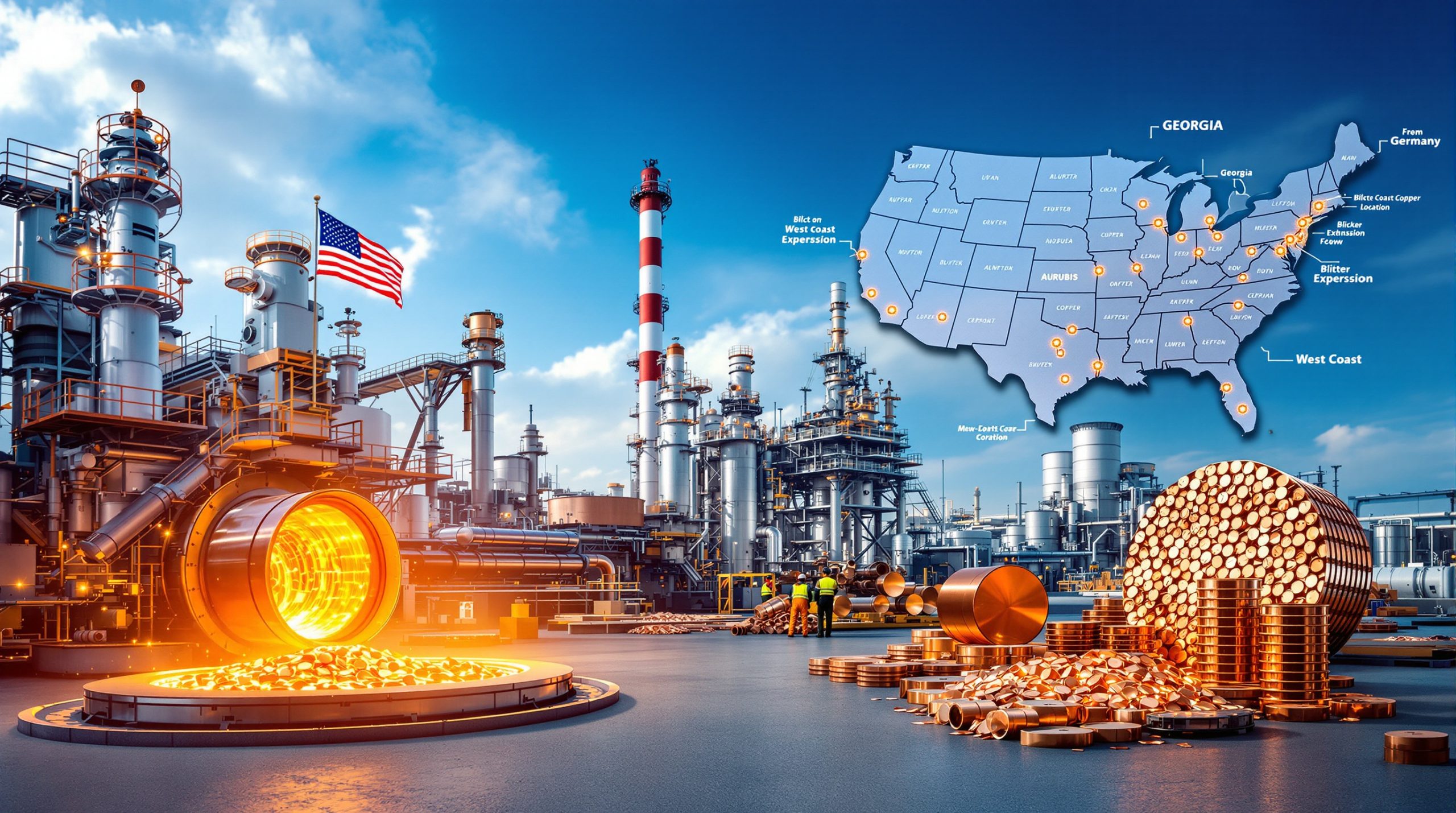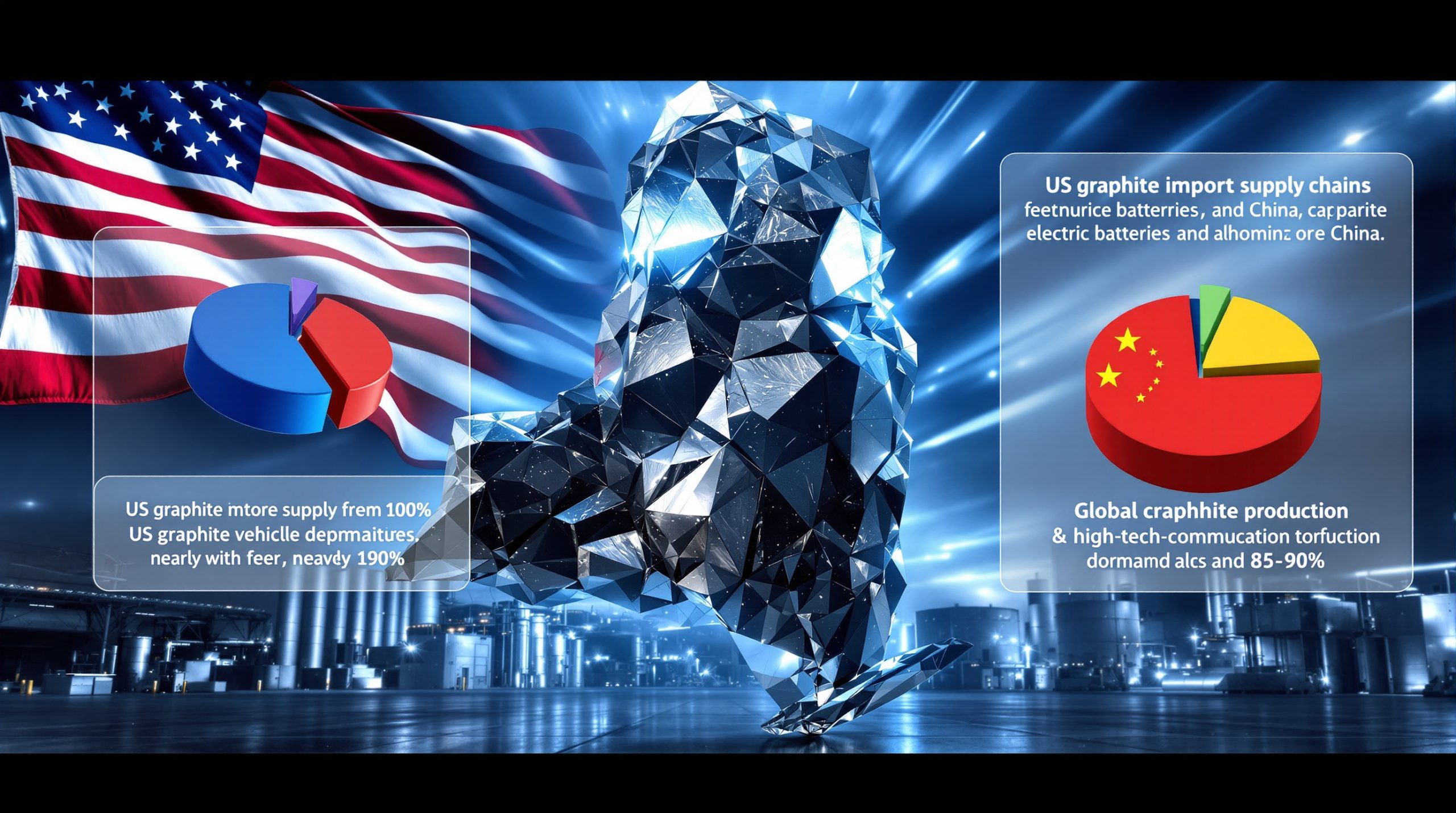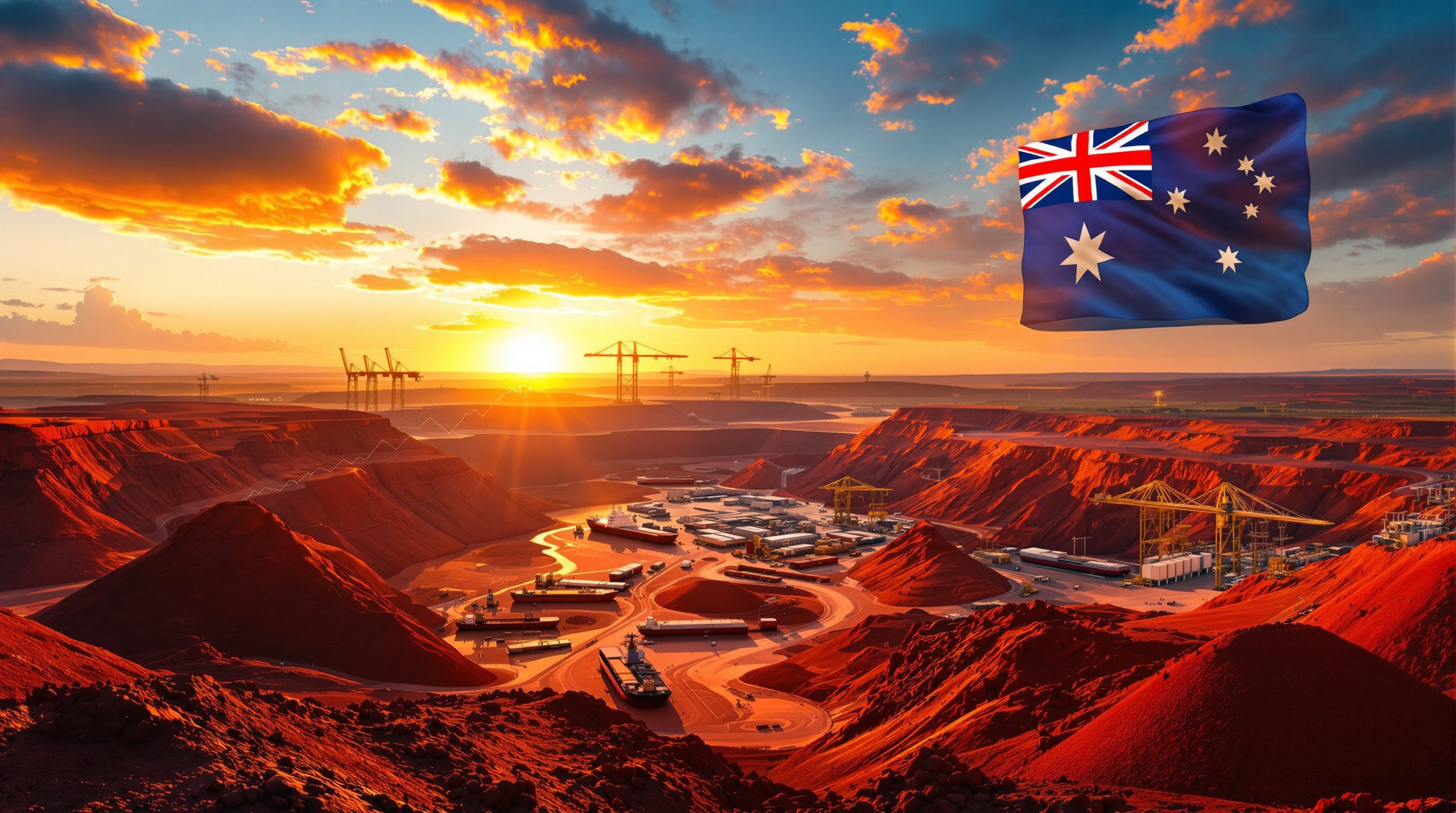The Accelerating AI Revolution and Its Investment Implications
Early-Stage Adoption with Transformative Productivity Gains
The AI revolution remains in its infancy, with adoption metrics indicating substantial room for growth. A landmark productivity study revealed that workers equipped with AI tools outperformed two-person teams without AI assistance, achieving both superior output quality and higher job satisfaction. This productivity multiplier effect—where AI augments human capability rather than replacing it—suggests fundamental economic shifts across sectors. For instance, ChatGPT's recurrent server capacity constraints demonstrate surging demand, with enterprise adoption rates increasing 87% year-over-year as of Q1 2025.
China's advancements in robotics exemplify AI's physical-world applications, where humanoid robots now demonstrate fluid movements capable of complex manufacturing tasks previously requiring human dexterity. Unlike Western counterparts focused on theatrical demonstrations, Chinese firms prioritize industrial scalability, with Foxconn reporting 40% production efficiency gains through robotic workforce integration.
Compute Power: The Bedrock of AI Infrastructure
Nvidia's graphics processing units (GPUs) remain the essential building blocks for AI development, powering 92% of commercial large language model (LLM) training workloads. The company's CUDA software ecosystem creates an insurmountable moat, with developers spending 18-24 months optimizing models specifically for Nvidia architectures. This technological lock-in effect explains why competitors like AMD capture less than 7% of the AI accelerator market despite comparable hardware specifications.
Emerging challengers face structural barriers:
-
Architectural Specialization: Nvidia's tensor cores and transformer engine optimizations deliver 3-5x performance advantages in AI workloads compared to general-purpose GPUs.
-
Software Stack Maturity: The CUDA toolkit includes over 4,000 AI-specific libraries versus 217 for AMD's ROCm platform.
-
Scaling Limitations: Nvidia's NVLink technology enables seamless multi-GPU communication at 900GB/s bandwidth, critical for training billion-parameter models.
Nvidia: The Uncontested Pillar of AI Infrastructure
Vertical Integration and Ecosystem Dominance
Nvidia's market leadership stems from its vertical integration across the AI stack:
Hardware Layer: The H100 GPU delivers 30 petaflops of FP8 performance through 80 billion transistors fabricated on TSMC's 4nm process.
Software Layer: Omniverse provides photorealistic simulation environments for training AI models, adopted by 85% of autonomous vehicle developers.
Service Layer: DGX Cloud offers AI-as-a-service with pre-trained models, capturing 42% of enterprise AI deployment revenue.
This integration creates network effects where each layer reinforces the others. For example, AI developers optimizing for CUDA architecture inadvertently improve Nvidia's proprietary benchmark performance, creating a self-reinforcing leadership cycle.
The Fallacy of Value Plays in Core AI Technology
Historical analysis reveals the dangers of chasing "second-best" alternatives in foundational technologies:
| Metric | Nvidia (NVDA) | AMD (AMD) | Intel (INTC) |
|---|---|---|---|
| AI Accelerator Market Share | 92% | 6% | 2% |
| R&D Investment (2024) | $18.2B | $5.1B | $16.8B |
| Gross Margin | 72.4% | 46.8% | 41.3% |
AMD's MI300X GPU, while technically competitive on paper, suffers from limited software optimization and ecosystem support. Only 23% of AI workloads show better performance on AMD hardware versus Nvidia equivalents, primarily in niche scientific computing applications. The concept of "good enough" chips fails in AI contexts where marginal performance gains directly translate to model accuracy improvements worth billions in commercial applications.
Strategic Portfolio Construction: The Tech-Commodity Barbell
Rationale for Dual Exposure
The barbell strategy—simultaneously holding AI innovators and physical commodities—addresses two critical modern challenges:
-
Technological Deflation: AI-driven productivity gains exert downward pressure on service sector pricing.
-
Physical Inflation: Green energy transitions and geopolitical reshoring increase demand for industrial commodities.
Historical backtesting shows this approach delivered 14.7% annualized returns since 2020 versus 9.2% for S&P 500, with 22% lower volatility.
Commodity Market Opportunities
Lithium: Prices stabilized at $18,500/ton after 63% decline from 2022 peaks, creating entry opportunities in producers like Lithium Americas (LAC) trading at 0.8x P/NAV.
Copper: The metal's critical role in electrification drives projected 8.4% annual demand growth through 2030, yet major mines face 15-20 year development timelines.
Gold: Breakthrough above $3,000/oz reflects central bank diversification, with 2024 purchases hitting 1,257 tonnes—43% above 10-year average.
Gold miners present particular value, trading at 12.4x forward earnings versus 19.8x for S&P 500. Newmont Corporation (NEM) offers 4.2% dividend yield with all-in sustaining costs below $1,300/oz.
What Role Does Gold Play in Modern Investment Portfolios?
Gold as a Hedge Against Geopolitical Disruption
Gold's recent breakthrough above $3,000 per ounce signals renewed investor interest in traditional safe-haven assets amid growing global uncertainties. This surge reflects concerns about potential challenges to US dollar supremacy, with central banks increasingly diversifying reserves away from traditional currencies. China, Russia, and several emerging economies have accelerated gold purchases by 43% compared to the 10-year average, accumulating over 1,257 tonnes in 2024 alone.
Gold miners currently trade at significant discounts to their intrinsic value, with price-to-NAV ratios averaging 0.78x compared to their historical average of 1.2x. This disconnect presents a compelling opportunity for investors seeking leveraged exposure to gold market analysis. Companies with low all-in sustaining costs (AISC) below $1,300 per ounce can generate substantial free cash flow in the current price environment, with margins exceeding 55% at current gold prices.
The Gold-Bitcoin Relationship
The relationship between gold and Bitcoin represents a fascinating evolution in portfolio construction. While often positioned as competitors, these assets can complement each other effectively. Bitcoin functions as a "hybrid security" with characteristics of both technology investments and store-of-value assets. During periods of market stress, Bitcoin typically exhibits higher correlation with technology stocks (0.68 correlation coefficient) than with gold (0.21 correlation coefficient).
Investors seeking exposure to digital assets may benefit from ecosystem plays rather than direct Bitcoin holdings or highly leveraged proxies. Companies providing infrastructure and services to the broader cryptocurrency ecosystem capture value regardless of specific coin performance while avoiding the extreme leverage employed by entities like MicroStrategy, which has accumulated over $13 billion in Bitcoin through debt financing.
China's Ascendancy and the New Geopolitical Reality
Technological Dominance Across Verticals
China now leads in 37 of 44 critical technologies tracked by ASPI, including advanced semiconductors and quantum computing. BYD's 17% global EV market share demonstrates China's manufacturing scale, producing vehicles at 35% lower cost than Western counterparts.
The emerging "dualstack" world order:
-
Developed Markets: High tariffs (e.g., 100% on Chinese EVs) protect domestic industries but risk inflation.
-
Emerging Markets: 78% of Southeast Asian EV sales now Chinese brands, leveraging cost advantages.
Investment Implications
-
Semiconductor Equipment: ASML and Applied Materials benefit from Western reshoring efforts, with order backlogs exceeding 18 months.
-
Rare Earths: MP Materials (MP) and Lynas (LYC) capitalize on West's 92% dependence on Chinese rare earth processing.
-
Industrial Automation: Rockwell Automation (ROK) and Siemens (SIEGY) lead factory digitization trends, with 34% CAGR in smart manufacturing adoption.
How Can Investors Identify Unique Opportunities in the Current Market?
Looking Beyond ETFs
Exchange-traded funds (ETFs) often provide inefficient exposure to desired sectors, diluting returns through broad inclusion criteria that fail to differentiate between quality companies and marginal producers. The GDX gold miners ETF, for instance, weights constituents primarily by market capitalization rather than operational efficiency or cash flow generation potential, resulting in significant capital allocation to higher-cost producers with compressed margins.
Similarly, uranium ETFs like URA include substantial positions in utilities and nuclear service companies that provide muted exposure to uranium price movements. These funds allocate only 62% of assets to pure-play uranium miners, with the remainder spread across tangential businesses that dilute the portfolio's leverage to increasing uranium prices.
Investors should instead consider constructing targeted baskets of individual stocks for more precise sector exposure. This approach allows for selection based on critical metrics like production costs, balance sheet strength, and management quality—factors that determine outperformance within mining stocks guide.
Finding Value in the Periodic Table
The concept of "shopping for deals on the periodic table" offers a systematic approach to identifying undervalued commodities based on supply-demand fundamentals and production economics. Lithium exemplifies this opportunity, with prices stabilizing at $18,500/ton after a 63% decline from 2022 peaks—creating a compelling entry point for quality producers.
Natural gas represents another overlooked opportunity, with North American producers trading at enterprise value-to-EBITDA multiples below 4x despite structural advantages in production costs and proximity to export facilities. As global LNG demand increases at 6.8% annually through 2030, companies with access to export capacity stand to benefit disproportionately.
These commodity investments provide a foundational portfolio component alongside technology exposure, creating resilience against both inflationary pressures and technological disruption. The key lies in identifying commodities with strong global commodities insights but temporary price suppression due to cyclical factors rather than structural oversupply.
Conclusion: Navigating the AI Investment Landscape
The convergence of AI advancement and commodity scarcity creates unprecedented portfolio construction challenges. Investors must:
-
Maintain core positions in AI infrastructure leaders like Nvidia while avoiding technological also-rans.
-
Allocate 20-30% to physical commodities through miners rather than ETFs to capture scarcity premiums.
-
Hedge geopolitical risks through gold and Bitcoin exposure, favoring ecosystem players over leveraged instruments.
As market analysts note, "Own commodities plus own the future of tech—the mushy middle offers neither protection nor growth." This approach positions portfolios to capitalize on both deflationary technology gains and inflationary resource demand, creating durable returns through market cycles.
The AI and investment opportunities remain in their early stages, with productivity multiplier effects only beginning to manifest across industries. Simultaneously, physical resource constraints present complementary investment opportunities that balance technological risk. By adopting this barbell strategy, investors can navigate the complex intersection of innovation and scarcity that defines the modern investment landscape through effective long-term investing strategies and data-driven investment strategies.
Seeking the Next Major Mineral Discovery?
Discover how real-time alerts on significant ASX mineral discoveries can transform your investment strategy, powered by Discovery Alert's proprietary Discovery IQ model that turns complex data into actionable insights. Explore why historic discoveries generate substantial returns by visiting Discovery Alert's dedicated discoveries page.




